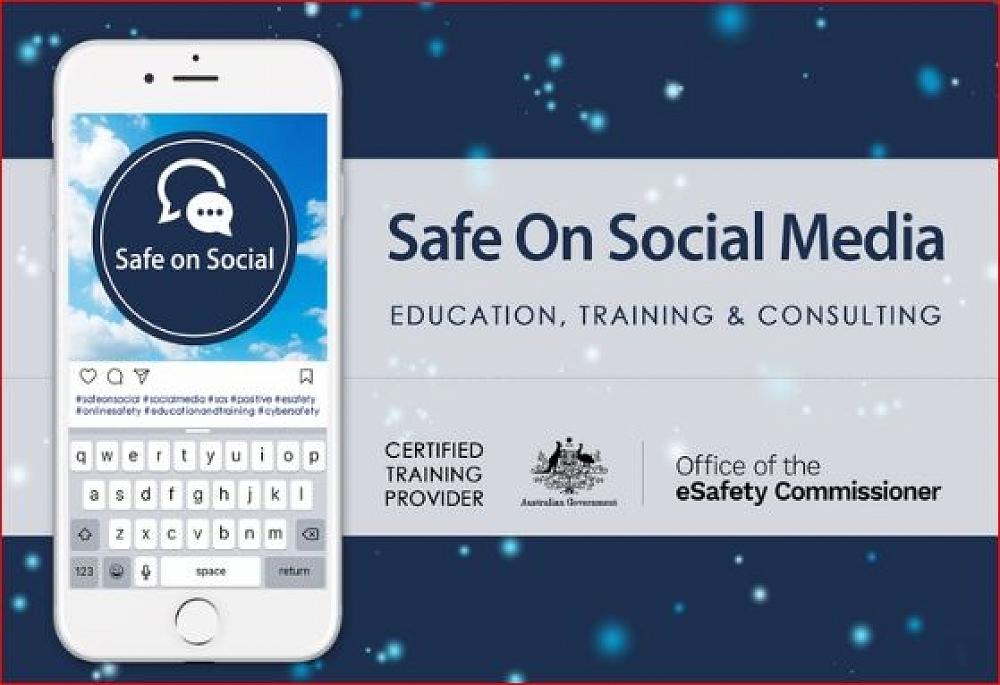
If you haven’t upgraded your child’s iPhone to iOS 12 here is the reason to do it now.
Apple has created a new set of parental control functions known as “Screen Time” Screen Time works via Family Sharing, so as long as your children are part of your "Family" in the Family Sharing settings of your Apple device, you will be able to view and control their Screen Time options from your phone.
If the child has an iPhone, and the parent has an Android phone, Screen Time settings can be set on the child’s device. Unfortunately, the parent will have to access the child’s phone to see screen time information or make changes to the settings. The best situation is for the parent and child to both have iPhones and connected with Family Sharing.
Turn on Screen Time
You will need to turn on and set up Screen Time on all the devices owned and used by your children. This is done in the Screen Time section of the Settings app. Open up the Settings. - Navigate to the “Screen Time section.” - Choose “Turn on Screen Time.”
Choose “Continue” When you see the introductory screen asking whether this is your iPhone or your child’s iPhone, select “This is My Child’s iPhone.” After you have turned Screen Time on, you can set Downtime, which is a set period of time in which your child will be blocked from using the iPhone, or App Limits, which will restrict certain app categories.
You can also choose Content and Privacy settings, which we explained further below. When your child’s device is on your Family Share iCloud account, you can make changes remotely from your (the parent’s) device, by tapping on a child’s name in the Screen Time section of the Settings app, listed under the parent’s own Screen Time usage.
Alternatively, Downtime and App Limits selections for your child can be adjusted directly on their device by going to the Settings app and selecting Screen Time on their device. Parental controls only work if they are not altered by the child they are protecting. All of the App Limits, Downtime, and Content Restrictions are protected via a passcode. The passcode restricts changes to the Screen Time settings and must be entered to allow more usage time to children when limits have been reached.
Downtime
Downtime sets a schedule that allows you to choose when your child cannot use certain apps on their iPhone or iPad. During Downtime, only apps that the parent designates in “Always Allowed” and phone calls will be available. We recommend Snapchat or Instagram is restricted during school hours.
You turn on blocking for Downtime to prevent apps from being used entirely, but Apple gives you a non-blocking option when you want your child reminded that apps shouldn’t be used at certain times.
App Limits
App Limits allows you to finely control how much time your children spend on certain categories of apps. With App Limits, you can set restrictions on either All Apps or by Categories such as Social Networking, Games, Entertainment, Creativity, Productivity, Education, Reading & Reference, Health & Fitness, and Other.
After the App Limit has been reached, apps will be locked with an hourglass symbol and a passcode will be required to enable more time. Children can ask for more time through the app. The parent can remotely approve or deny their child’s request for more time directly from their device.You can also set less restrictive rules that serve as more of a reminder by turning off blocking with App Limits.
Always Allowed
With Downtime and App Limits, the parent can designate certain apps to be “Always Allowed.” These apps will be accessible at all times even when Downtime and App Limits are enabled. Apple makes Phone, Messages, FaceTime, and Maps as always available apps, but you can select any apps that you want through the Always Allowed app interface, accessible under “Always Allowed” in the Screen Time section of Settings on a child’s device.You can remove access to all apps, including Messages, with the exception of the phone, which remains available to children in case of emergencies.
Content Restrictions
Content Restrictions have expanded to include preventing a child from changing the passcode on their device, restricting account changes, limit volume, and automatically turn on Do Not Disturb While Driving.
A parent can also set privacy settings for everything from location services (GPS) to advertising preferences. For example, if a parent wanted to make sure they could always access their child’s location, they can turn on Location Services and select Share My Location, and also limit GPS use on other apps.
Accessing Content & Privacy restrictions requires an adult to input a Content & Privacy passcode, which prevents children from changing these settings.
Kirra Pendergast - Director, Safe on Social Media Pty Ltd
We have less than 10days available for bookings in December and Term 1, we are now taking bookings for Term 2 - 2019, if you would like to book please contact us at wecanhelp@safeonsocial.com